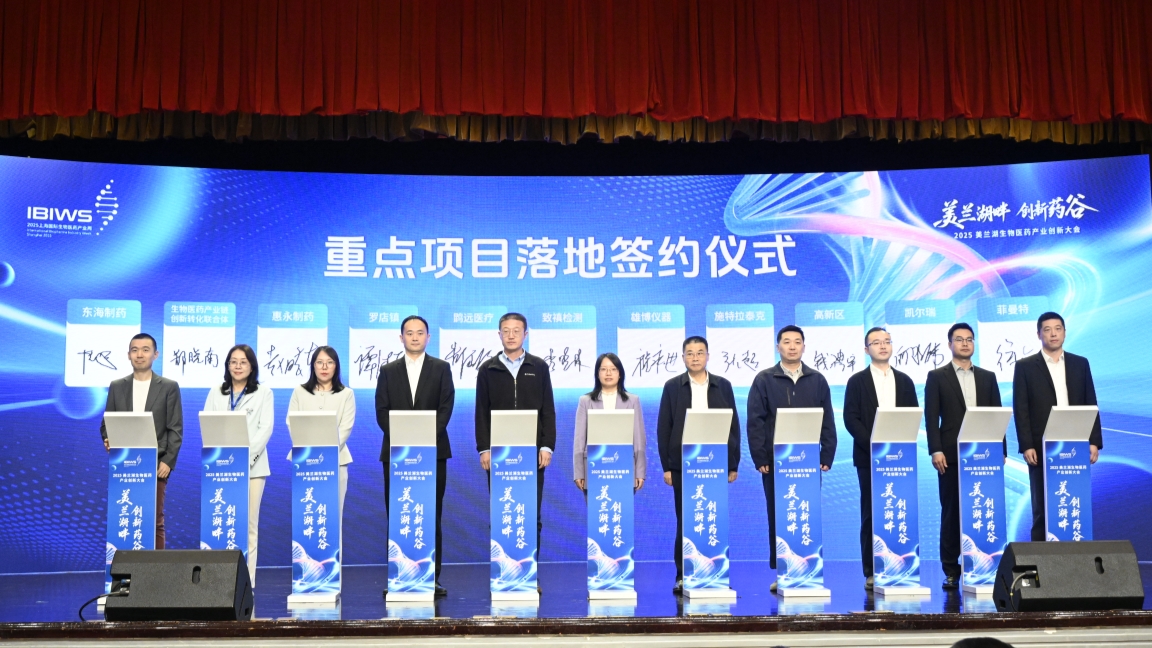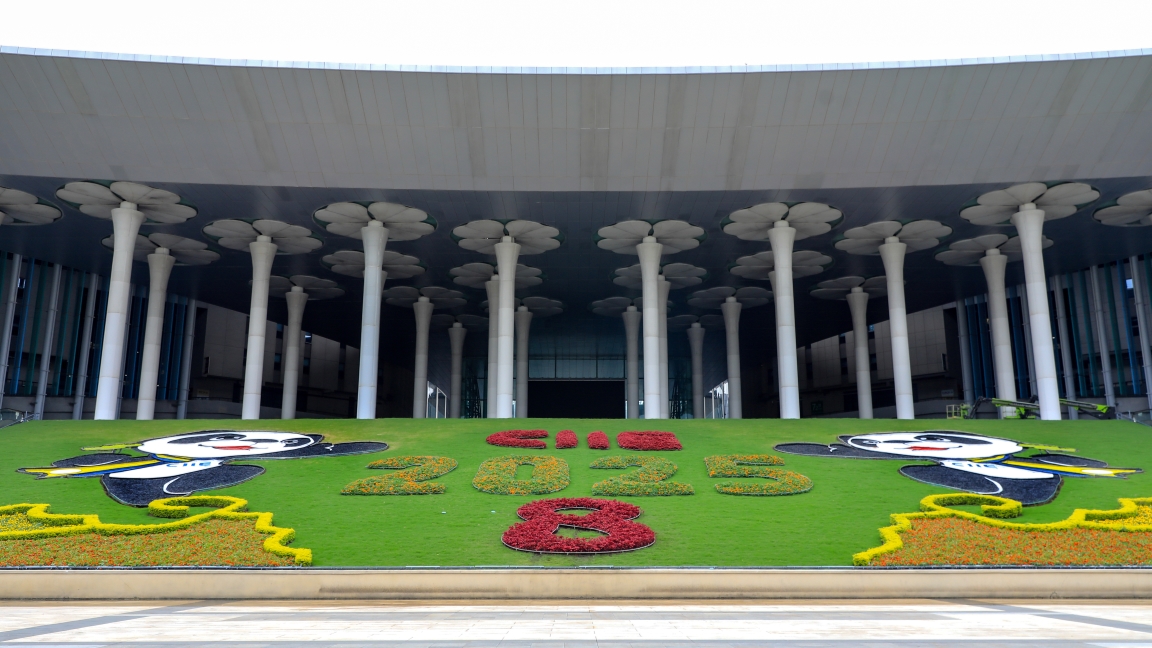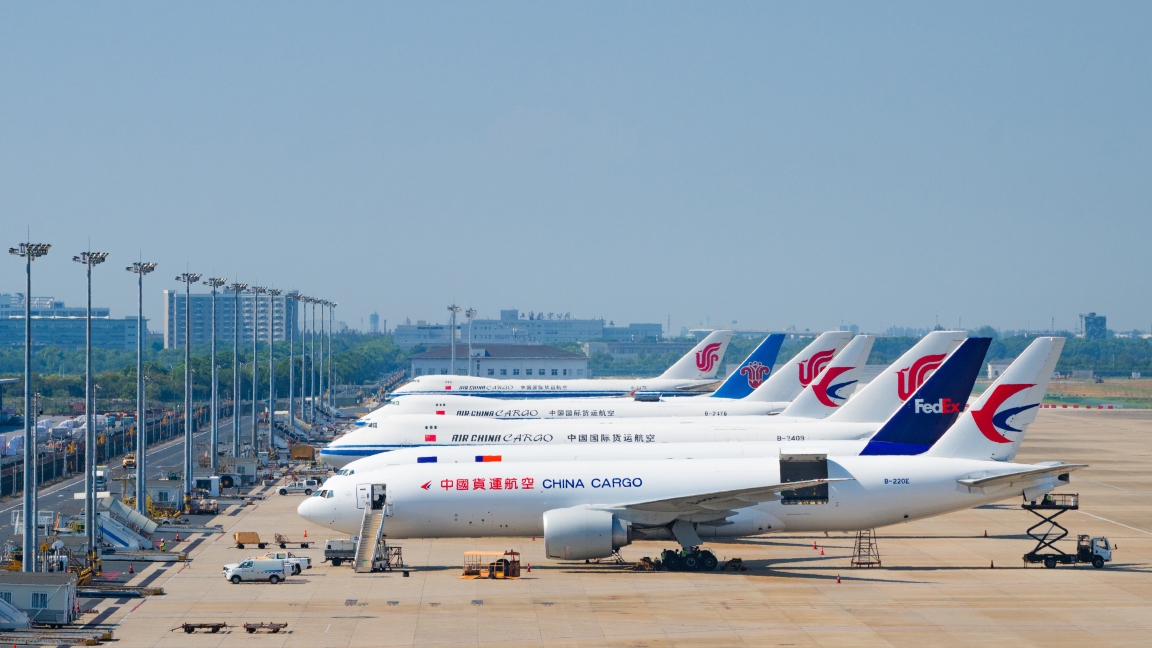AI, New Energy Are Key Driving Forces for Shanghai's Economic Development
Shanghai's economy grew 5.5 percent from a year earlier in the first three quarters, exceeding the national average of 5.2 percent, the Shanghai Statistics Bureau said on Wednesday.
The city's gross domestic product amounted to 4.07 trillion yuan (US$571 billion) in the January-September period, with the growth led by the service sector, which jumped 5.9 percent, while the manufacturing sector rose 3.9 percent and the agricultural sector edged up 0.9 percent.
"Shanghai has achieved further economic progress amid stability, adhering to the guideline of pursuing high-quality growth," the bureau said in a statement.
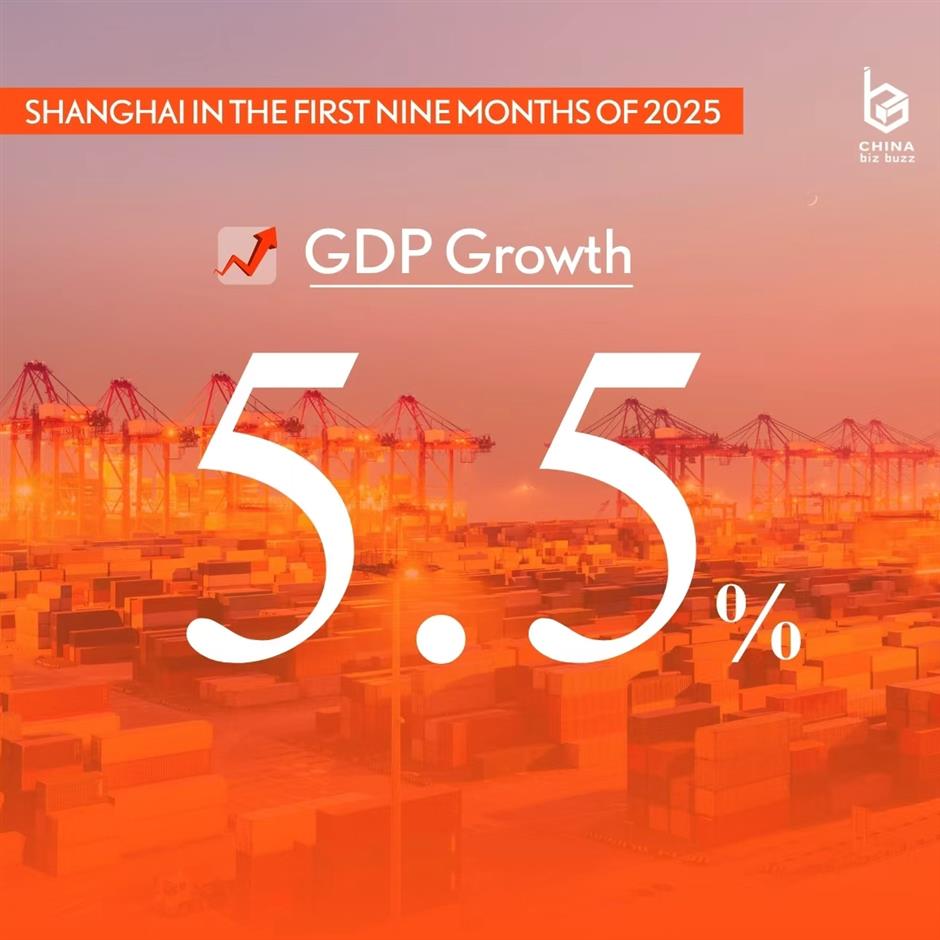
The city's industrial output increased 5.2 percent in the first nine months, 0.1 percentage point faster than that in the first half. Sectors such as artificial intelligence, integrated circuits and biomedicine continued to strengthen, rising 12.8 percent, 11.3 percent and 3.6 percent, respectively.
Local retail sales advanced 4.3 percent during the period, 2.6 percentage points faster than that in the first six months, thanks to trade-in programs that stimulated sales of big-ticket products such as entertainment gadgets, furniture and household appliances, whose sales surged 27.7 percent, 22.1 percent and 28.2 percent, respectively.
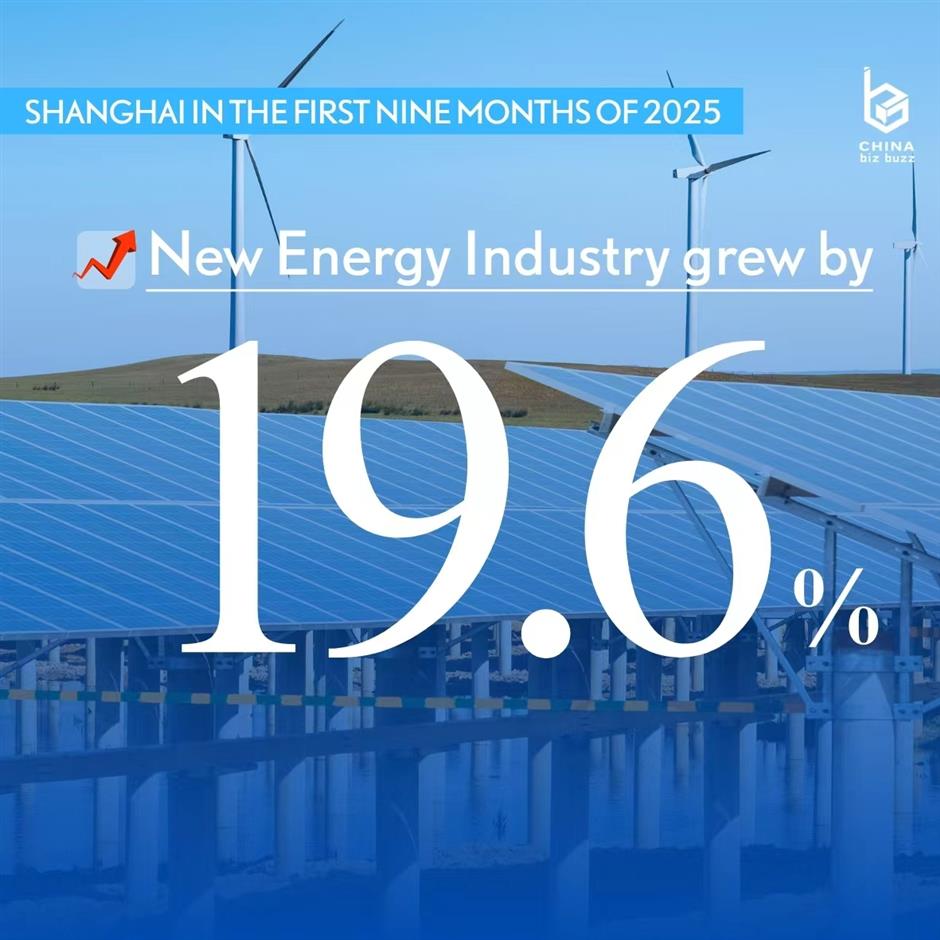
"People have recovered some confidence from fears of trade disputes, having realized that the economic foundation is solid in the domestic market," said Xu Guoxiang, a professor at the Shanghai University of Finance and Economics.
Shanghai's trade managed to grow 5.4 percent between January and September, among which exports increased 5.4 percent while imports rose 1.1 percent. But exports to the United States slumped 20.2 percent.
Fixed asset investment in Shanghai still grew 6 percent during the period, with most funds flowing into the manufacturing sector, which saw an investment hike of 20.3 percent. Investment in property development rose 2.2 percent but sales of commercial housing declined 0.3 percent, as opposed to the 1.6 percent increase in the first half.



In Case You Missed It...

